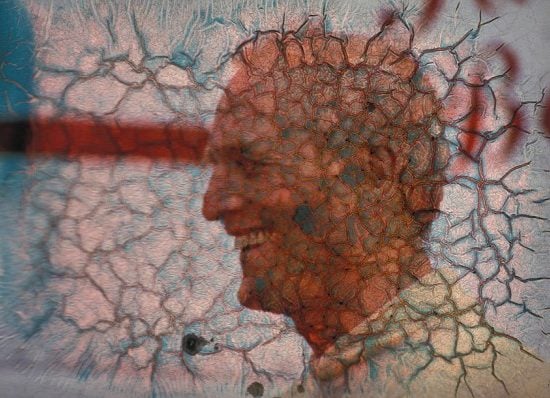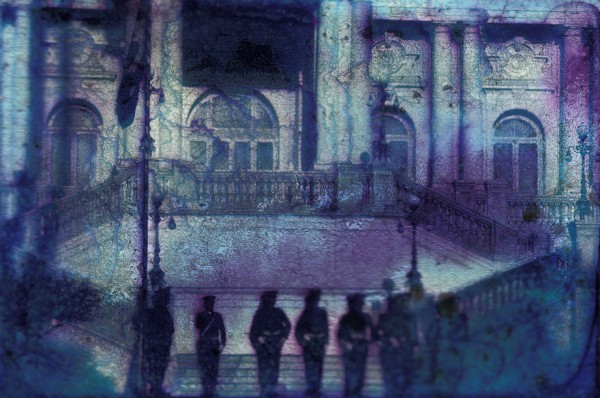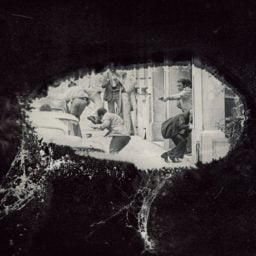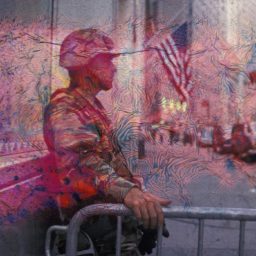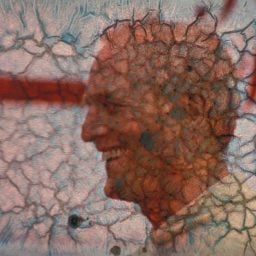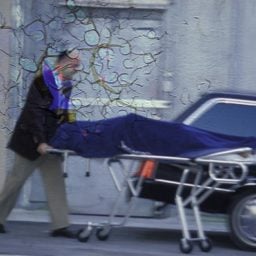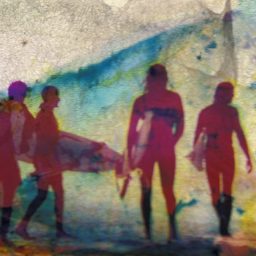When Randy Taylor checked on his archive several weeks after Hurricane Sandy struck New York in 2012 the Pulitzer Prize nominated photographer discovered that the majority of his life’s work was either destroyed or irreparably damaged.
Taylor was only able to save some 300 of the 30,000 images he snapped throughout the course of his illustrious career, the Daily Mail reports. The 59-year-old had covered some of the world’s biggest stories, including a shootout at the Iraqi embassy in Paris in 1978 and Princess Diana’s pregnancy.
To clean the moldy salvaged images, Taylor dipped the negatives in alcohol, transforming the photos into unique psychedelic images. “There was then a moment of transition from it being an entire loss to realizing that some of this could actually be quite artistic.”
He explained, “Alcohol kills mold so I came up with this process to literally dip the pictures in alcohol and immediately kill it off,” describing the process as “a roller-coaster of emotions.”
Over and above suffering the devastation of the destruction of over 30 years of work, the loss of personal memories was the most painful for the photographer. “For decades, everyone had given me their images because I had become the de facto genealogical archivist of the family history,” He told Slate. “I feel like I failed my ancestors.”
“On a positive note,” the artist conceded, “I’ve been elated with the attention my Sandy art has attracted. Magazines, websites…. It’s been satisfying to have my images noticed again. Thanks to Sandy, they are truly unique.”
An exhibition of Taylor’s photographs runs through June 21 at Stadthaus Ulm, in Ulm, Germany.

